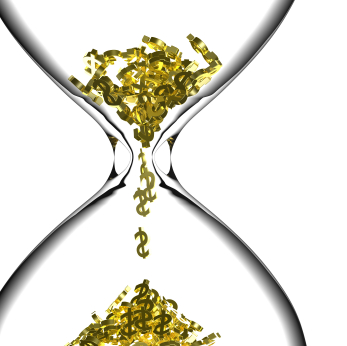Timing plays a crucial role in the success of any investment, and gold trading is no exception. Understanding the best times to trade gold can significantly impact your profitability and overall trading performance. In this article, we will explore the factors that influence the timing of gold trading, identify the optimal trading sessions, and provide actionable strategies for maximizing returns in the dynamic gold market.
Factors That Influence the Best Time to Trade Gold:
Before delving into specific time frames for trading gold, it’s essential to understand the factors that influence market volatility and liquidity, ultimately shaping the best time time to trade gold:
Market Sessions: The global gold market operates 24 hours a day, five days a week, with overlapping trading sessions in major financial centers such as London, New York, and Tokyo. Each session has its unique characteristics in terms of liquidity and trading volume, impacting price movements and trading opportunities.
Economic Data Releases: Gold prices are sensitive to economic data releases, geopolitical events, and central bank announcements that can influence investor sentiment and market volatility. Traders should be aware of scheduled economic indicators such as employment reports, inflation data, and interest rate decisions, as they can create trading opportunities and volatility spikes.
Currency Correlations: Gold is priced in US dollars (USD), and its value often correlates inversely with the strength of the dollar. Understanding currency correlations and monitoring major currency pairs such as EUR/USD, USD/JPY, and GBP/USD can help traders anticipate potential price movements in gold and identify favorable trading opportunities.
Seasonal Trends: Seasonal patterns and trends can impact gold prices, with certain periods of the year experiencing increased demand for the precious metal due to cultural, economic, or geopolitical factors. For example, gold demand typically rises during festive seasons in countries like India and China, leading to higher prices and trading activity.

Optimal Trading Sessions – Best Time to Trade Gold:
While the gold market operates continuously, there are specific trading sessions that offer increased liquidity, volatility, and trading opportunities. Here are the optimal trading sessions for trading gold:
London Session (European Market Open):
The London session, overlapping with the Asian session, is considered the most active and liquid period for gold trading. It typically begins at 8:00 AM GMT and overlaps with the early hours of the New York session. Traders can capitalize on the increased trading volume and price volatility during this period.
New York Session (US Market Open):
The New York session, overlapping with the London session, is another key period for gold trading. It begins at 8:00 AM EST and offers ample liquidity and trading opportunities, especially during the first few hours when market participants react to economic data releases and news events.
Overlapping Sessions (London/New York):
The overlap between the London and New York sessions, typically occurring from 8:00 AM to 12:00 PM EST, is known as the “golden hours” for gold trading. During this time, traders benefit from the combined liquidity and participation of both European and American market participants, leading to increased price volatility and trading volume.
Strategies for Maximizing Returns:
Now that we’ve identified the best times for trading gold, let’s explore some actionable strategies for maximizing returns during these optimal trading sessions:
Scalping: Scalping is a short-term trading strategy that aims to capitalize on small price movements within the market. Traders can execute quick, high-frequency trades during peak trading hours, taking advantage of price fluctuations and liquidity spikes to generate consistent profits.
Breakout Trading: Breakout trading involves entering positions when prices break above or below key support or resistance levels. Traders can wait for significant price movements during active trading sessions and execute breakout trades with tight stop-loss orders to minimize risk and maximize potential returns.
Trend Following: Trend following is a popular strategy that involves identifying established trends and trading in the direction of the trend. During active trading sessions, traders can use technical indicators such as moving averages, trend lines, and momentum oscillators to confirm trend direction and enter trades with favorable risk-reward ratios.
News Trading: News trading involves capitalizing on market volatility and price spikes resulting from scheduled economic data releases, geopolitical events, and central bank announcements. Traders can closely monitor economic calendars, anticipate market reactions to news events, and execute trades quickly to capture short-term price movements.
Conclusion:
Timing is critical when it comes to trading gold for maximum returns. By understanding the factors that influence gold trading times, identifying optimal trading sessions and the best time to trade gold, and implementing effective trading strategies, traders can enhance their profitability and capitalize on the dynamic nature of the gold market.
Whether you prefer scalping, breakout trading, trend following, or news trading, aligning your trading activities with the most active and liquid trading sessions can significantly improve your chances of success in gold trading. Remember to stay disciplined, manage risk effectively, and continuously adapt your trading approach to changing market conditions to achieve long-term profitability and success in the exciting world of gold trading.



